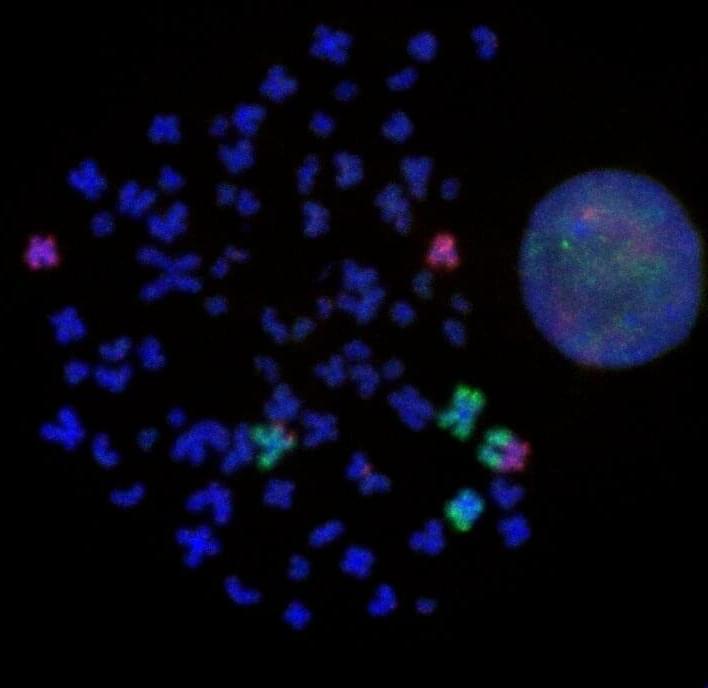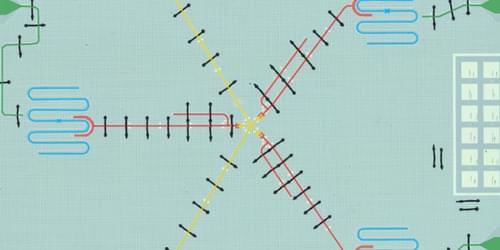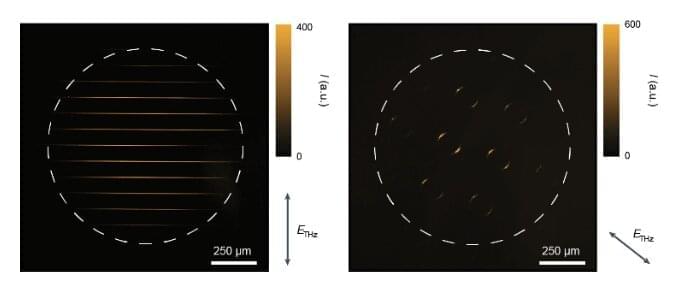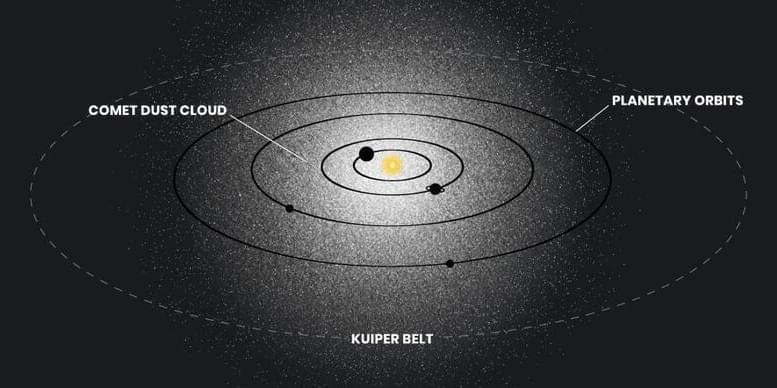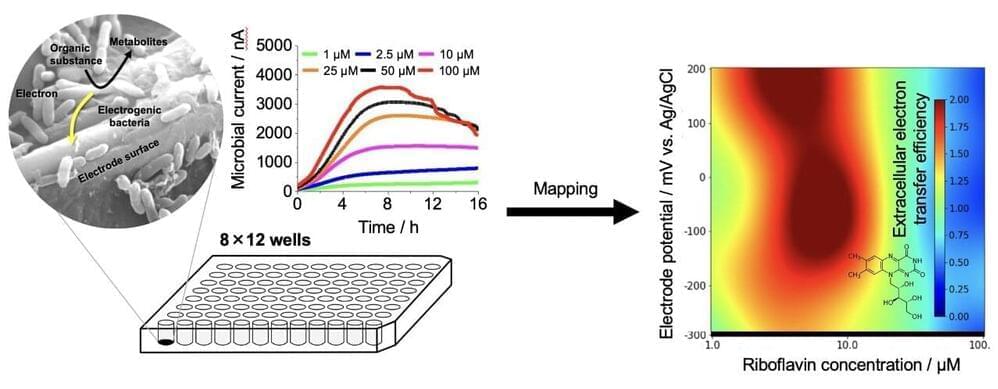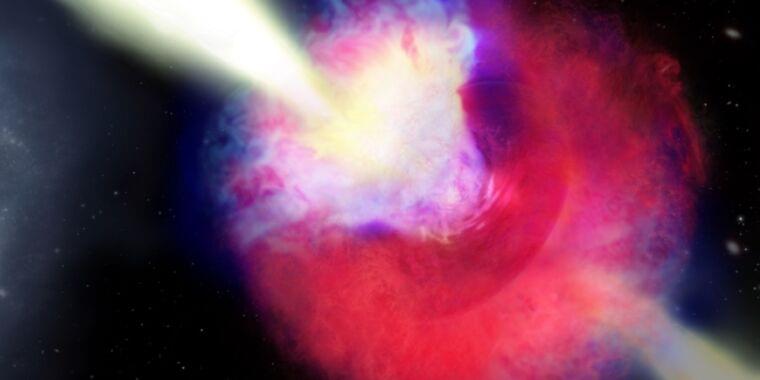Dec 8, 2022
Automated dark web markets sell corporate email accounts for $2
Posted by Saúl Morales Rodriguéz in categories: business, cybercrime/malcode
Cybercrime marketplaces are increasingly selling stolen corporate email addresses for as low as $2 to fill a growing demand by hackers who use them for business email compromise and phishing attacks or initial access to networks.
Analysts at Israeli cyber-intelligence firm KELA have closely followed this trend, reporting at least 225,000 email accounts for sale on underground markets.
The largest webmail shops are Xleet and Lufix, claiming to offer access to over 100k breached corporate email accounts, with prices ranging between $2 and $30, if not more, for highly-desirable organizations.


